Last time I checked, pizza wasn’t part of a traditional kaiseki meal. And yet, as dinner at Monk crescendos with elegant wood-fired pies freighting fresh nori, the herbal mountain plant fukinoto and other seasonal Japanese ingredients, it feels like the most natural thing in the world. News that Italy’s most famous flatbread has infiltrated Japan’s most traditional meal is shocking enough. That this is happening in the country’s cultural ground zero is another level of scandalous again. But while the purists rage, others are excited about this new direction.
“Kyoto is the best place to open up a restaurant,” says Yoshihiro Imai, Monk’s chef-patron. A former pizza chef in Nagano, Imai relocated to Kyoto and opened Monk in 2015 where he serves highly seasonal, highly delicious modern kaiseki menus. “It has culture, it’s close to nature and locals are interested in new things. I could see that there was a new wave being driven by people that came here from other parts of Japan and wanted to be part of it.”
Although Kyoto is rich in culture, history and enlightenment – for more than a millennium, it was the Japanese capital – the city has always harboured a progressive bent. Kyoto bamboo helped Thomas Edison create the world’s first light bulb. The Kyoto Electric Railway company operated Japan’s first streetcar. Nintendo was born here. Tourists might flock to Kyoto for temples, tea ceremonies and cherry blossoms, but beyond the surface is a city that values the future as much as it does the past.
“Kyoto is dynamic, it’s moving” says Zenbu Tours’ Jane Lawson, a former cookbook publisher that moved to Kyoto in 2009 and now runs small group tours around Japan. “It’s a city of contrasts but it’s more obvious because there’s this amazing ancient culture and traditional buildings and gardens. We’re seeing a real effort to level up the experience and give visitors a deeper experience and understanding of Kyoto.”
From maverick restaurants to contemporary new hotels, these are some of the players helping define the new Kyoto. Here’s our guide to Kyoto, Japan.
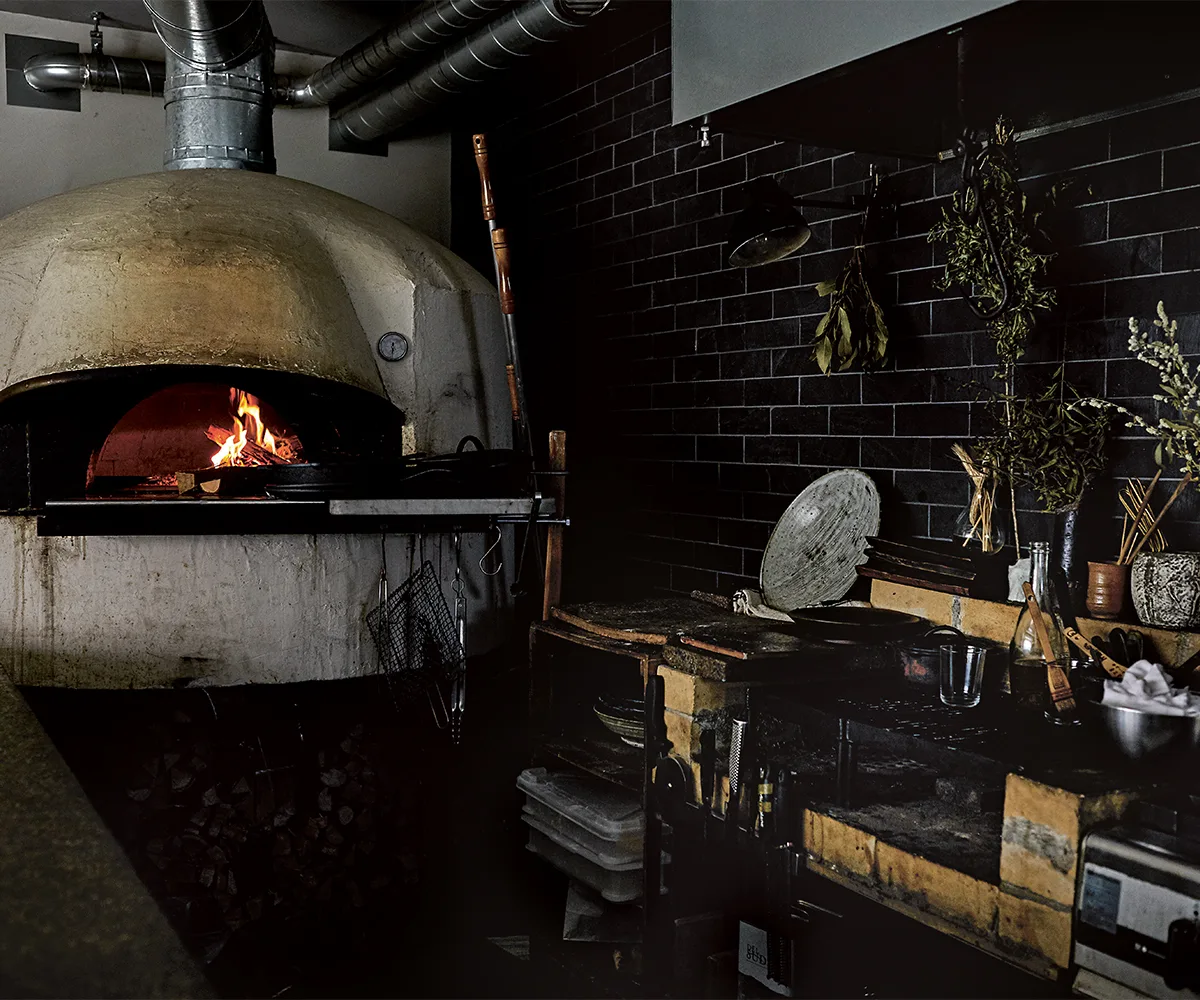
The pizza oven at Monk restaurant in Kyoto.
(Yuka Yanazume in Monk: Light and Shadow on the Philosopher’s Path by Yoshihiro Imai, published by Phaidon)Restaurants in Kyoto
Thick slices of kingfish, heady with smoke from the wood-fired oven. Charry knobs of sunchoke contrasted against luscious tufts of mozzarella. A shared bowl of carrots, blushing pink radishes and other organic Kyoto veg – bought every morning from the Ōhara farmers’ market – simply roasted and sharpened with salt. The aforementioned new-school pizza. All ways in which Yoshihiro Imai celebrates the season at Monk, his cosy 14-seat restaurant next to the Philosopher’s Path. Factor in a star turn on Netflix’s Chef’s Table and it’s not hard to understand why Monk is one of the old capital’s most in-demand tables. An essential if unexpected meal for the Kyoto-bound.
Also from the department of I-didn’t-see-that-coming is suburban deli, Salsiccia. During the week, Naoya Suzuki makes traditional and not-so-traditional fresh sausages (pork snags buzzing with sansho pepper, anyone?). On Saturdays and Sundays, he stays open for dinner and cooks the restaurant’s namesake alongside lasagne, trippa alla Romana and other Italian favourites while pouring vino naturale.
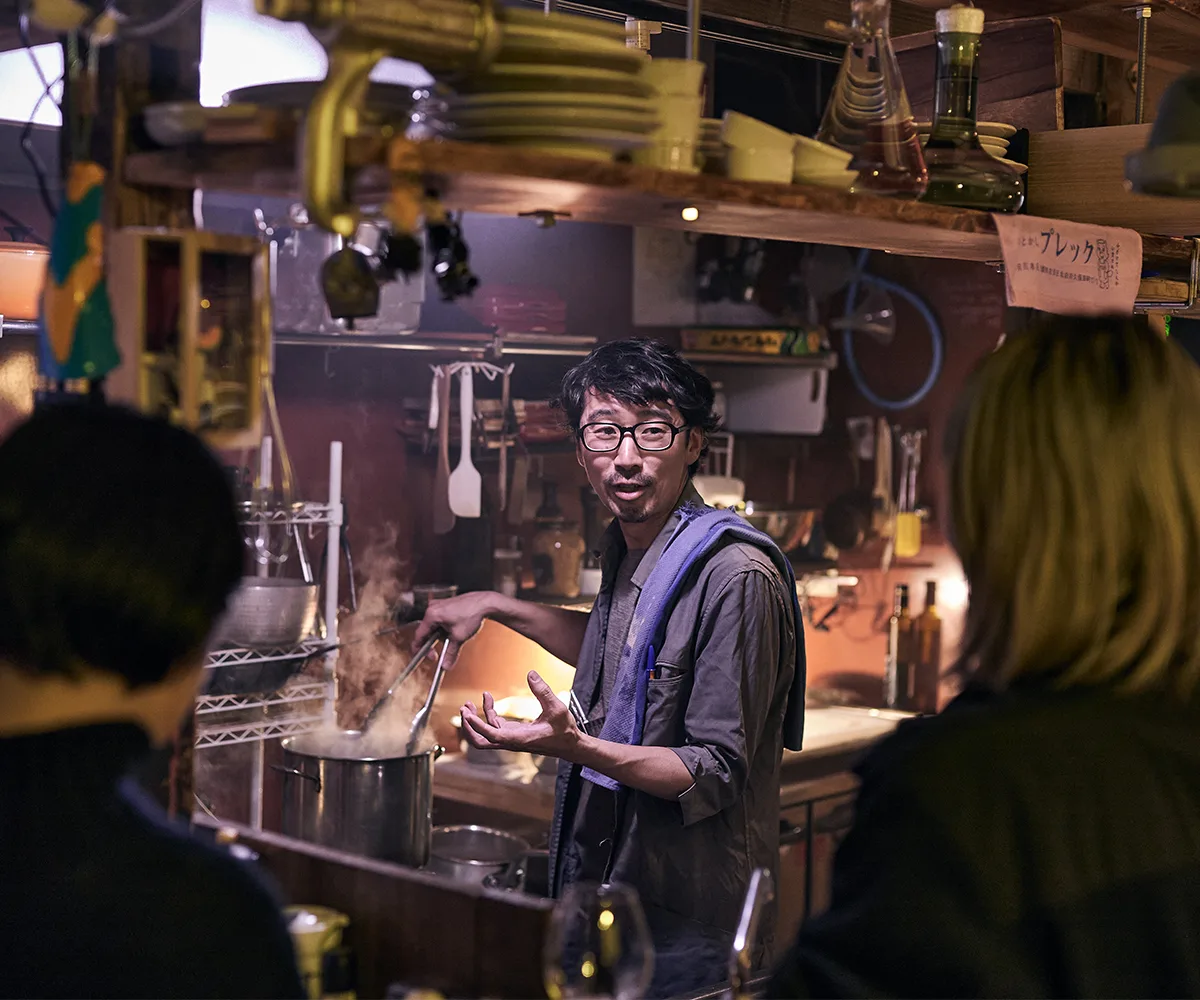
Owner Naoya Suzuki at his suburban deli, Salsiccia in Kyoto.
(Photo: Luke Burgess)New-wave cafés and bakeries are also actively unifying east and west. Instagram-friendly Ha Ra is as likable for its cosy aesthetic as it is a tight edit of polished brunch dishes including comforting eggplant lasagne and a meticulously built BLT. Hefty breakfast rolls crammed with thick bacon and a fluffy scrambled egg help explain the constant queues at fresh-faced new bakery.
For those happy to travel for their daily bread, take the one-hour, two-train journey to Otokoyama where Camphora Kitchen awaits. In a past life, owner Rihito Maruhashi made croissants at Tokyo’s legendary Path and worked at London’s Lyle’s and E5 Bakehouse. Nowadays, he’s turning out sourdough, canelés and lemon tarts for clued-up eaters.
Elsewhere, second-generation owners are proving you can teach old restaurants new tricks. At Taiho, Toshihiro and Satiko Watanabe have been serving high definition, nuanced Chinese food for almost half a century. While patriarch Toshihiro continues to hold it down in the kitchen, son Kouki manages the family’s organic farm in nearby Ayabe where he raises pigs and grows produce for the mothership. (Taiho’s slow-cooked pork with mustard leaves and black bean, plus crazy good dandan noodles, speak to Kouki’s interests in both provenance and Sichuan cookery.) Daughter Hiroko is a cheery presence on the floor and manages Taiho’s mighty natural wine list.
Sobatsuru, a homely soba joint in the Sakyo neighbourhood, is another must. After taking over from their late parents, brothers Shigeto and Hideo Isada and sister Masako have bolstered Sobatsuru’s soba offering with otsumami (drinking snacks) of real finesse. Think roasted gingko nuts, slices of karasumi (dried mullet roe) sandwiched between clouds of grilled mochi, and tempura-fried uni.
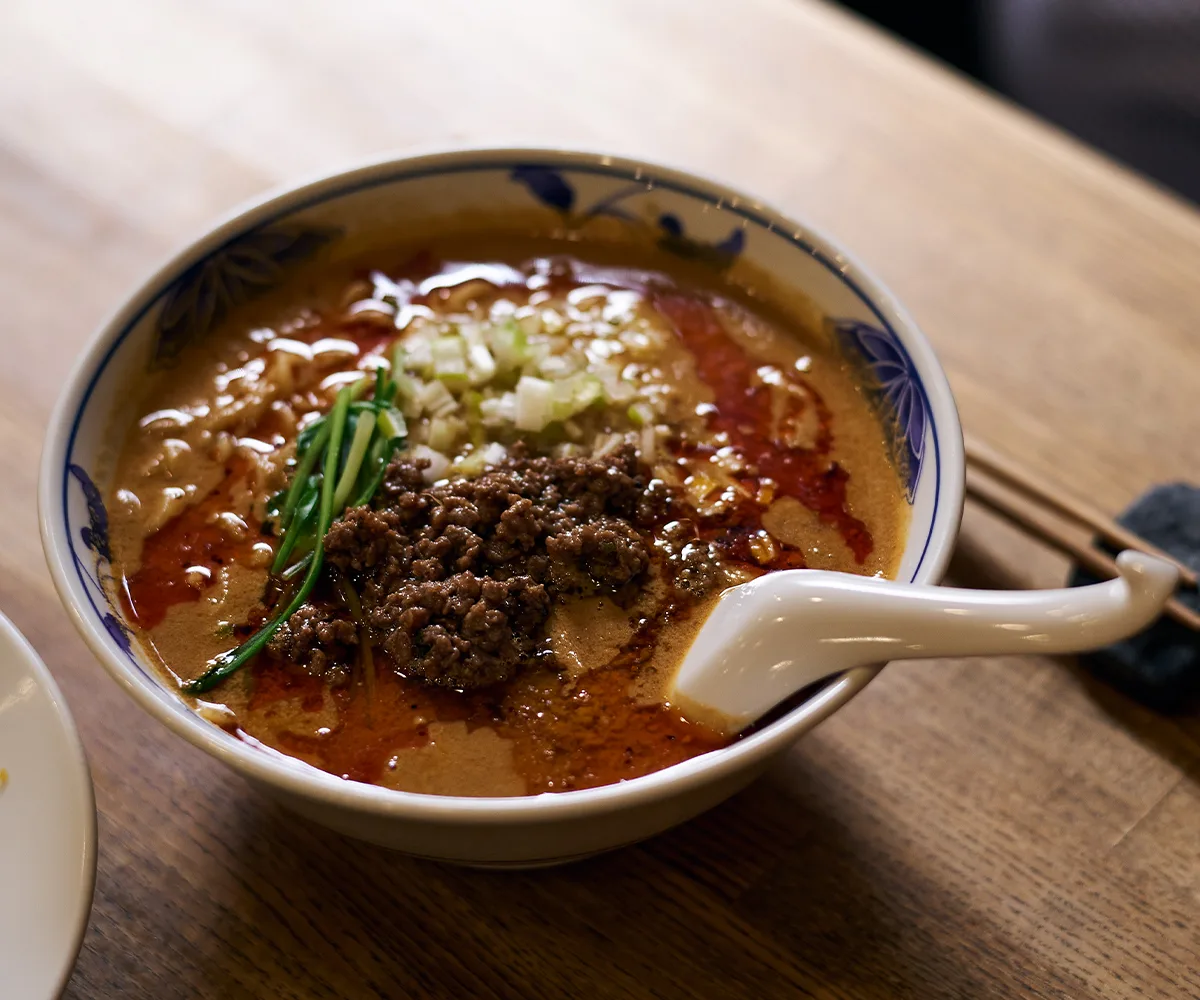
The pork dan dan noodles at Taiho in Kyoto.
(Credit: Luke Burgess)Kyoto accommodation
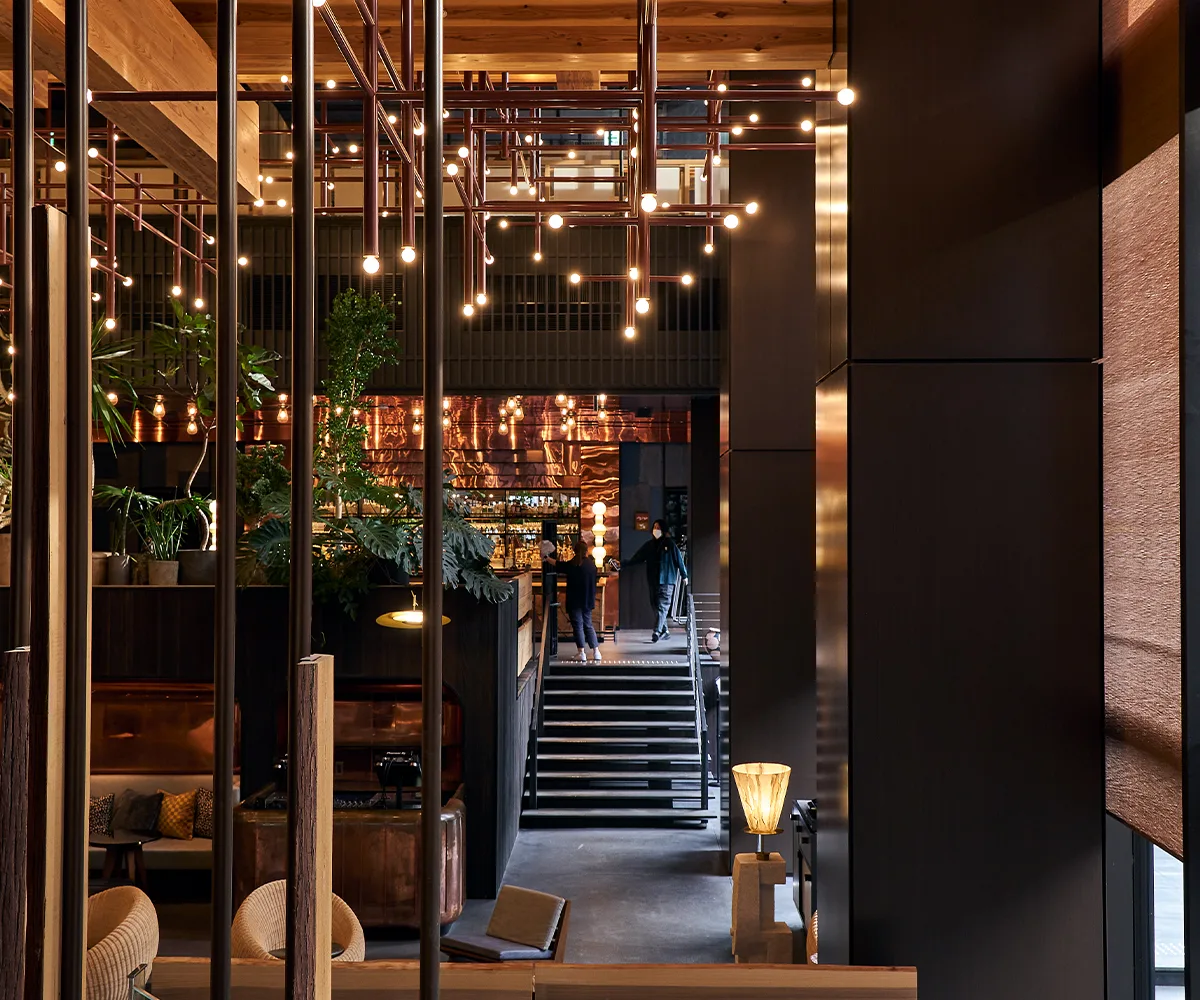
The mezzanine level Piopiko Bar at the Ace Hotel in Kyoto
(Photo: Luke Burgess)Located near popular Nishiki Market, 213-room Ace Hotel Kyoto (rooms start from $479) embodies the city’s optimism and cosmopolitan spirit. Fabrics have been designed exclusively for the hotel by Tokyo fashion label Minä Perhonen; handsome timber furnishings are a recurring feature and in-room turntables plus colourful pieces from centenarian folk artist Samiro Yunoki come standard-issue. In classic Ace style, the communal lobby boasting textiles, twinkling copper lights and Japan’s first Stumptown Coffee Roasters outpost is the hotel’s hub and heart. While service exemplifies the Japanese ethos of omotenashi – my memory of a staff member stopping vacuuming so I could wait for the elevator in silence one afternoon won’t be soon forgotten – the hotel’s F&B leans into Ace’s American heritage. Los Angeleno Wes Avila of Guerrilla Tacos fame is behind mezzanine lounge and taco bar Piopiko, while Mr Maurice’s Italian – a project from Philadelphian chef Marc Vetri – deals in chicken saltimbocca, biscuity pizzas and red-sauce hits.
A flawless stay is almost guaranteed with a stay at the Ritz-Carlton in Kyoto. Enjoy views of the Higashiyama Mountains or the Kamo River in any of the 134 rooms, all featuring Diptyique bath amenities, 24-hour in-room dining, and complimentary bathrobes and slippers. Guests are welcomed with a traditional tea ceremony at check-in, in a lobby where the first of 409 pieces of modern Japanese artwork are on display. Enjoy in-house dining at Michelin-starred Tempura Mizuki for a traditional kaiseki experience, or slant slightly left-of-centre at La Locanda, a cosy Italian diner. With state-of-the-art spa facilities and a 24-hour fitness centre, a stay at the Ritz-Carlton Kyoto is the perfect blend of tradition and comfort.
Located a seven-minute drive from Kyoto Station, the Four Seasons Hotel is a little slice of modern luxury hidden amongst the cultural delights abound in Kyoto’s centre. Each room at the Four Seasons offers a panoramic view of the city, as well as an iPad with access to hotel services and a flat screen television. In-house restaurant Brasserie features a menu derived from local producers, and overlooks the serene Shakusuien pond garden. Guests are also encouraged to access onsite spa facilities, including saunas, steam rooms, and local-favourite open air baths.
Things to do in Kyoto
Hire a bike
Pro-tip: hire a bicycle. Flat, laid out in a grid and cyclist-friendly – even the one-way streets have bike lanes in both directions – Kyoto is a terrific city to ride around. Bike hire is cheap and lets you see more of the city faster while also earning all-important food and drink credits. Drop into Kurasu to buy coffee equipment plus a bike map detailing the city’s cafés of note.
Visit Kyoto art galleries and museums
The success of the recent Andy Warhol retrospective at the Kyocera Museum of Art underscores the value of art to Kyoto (and, indeed, Japan as a whole) while the collection at the National Museum of Modern Art, Kyoto includes key Japanese and foreign pieces. The Kyoto International Manga Museum is your chance to go deep into this modern-day Japanese phenomenon.
Go shopping in Kyoto
Ethelvine is your best bet for tracking down hard-to-find local and European natural wines, while the shopping arcades on Shinkyogoku and Teramachi streets and their surrounds cover everything from top-dollar designer fashion to sticker shops.
Where to drink in Kyoto
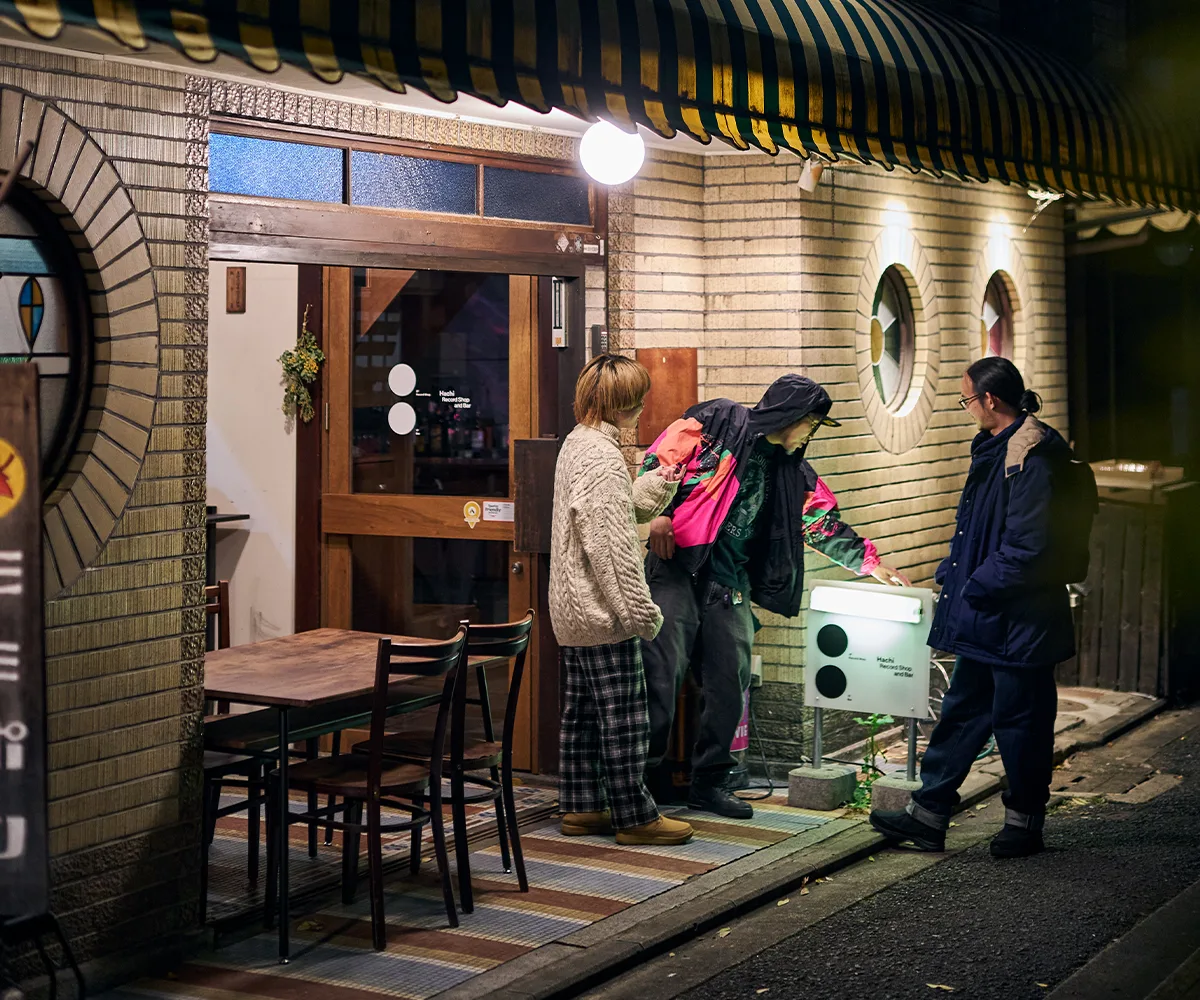
Hachi Record Bar in Kyoto
(Photo: Luke Burgess)KYOTO CAFÉS
Kyoto might be synonymous with tea, but the city takes its coffee seriously. Opened in 2005 by Ayumi and Masahiro Kaneko, Weekenders Coffee was one of the prefecture’s third-wave coffee pioneers. Today, the Kanekos run their own roastery plus a charming café in a converted machiya (traditional wooden townhouse) complete with beautiful niwa (Japanese garden) and machiai (waiting bench). An unexpected location behind a parking lot adds to Weekenders’ must-do reputation.
Coffee at Wife & Husband is another unhurried pleasure, both in the way it’s made as well as how it’s enjoyed. In addition to relaxing in the snug, converted house, guests can also hire picnic baskets, chairs and tables to spend the morning picnicking at the nearby Kamo River.
KYOTO BARS
Traditionally, sake is meant to be an unobtrusive accompaniment to food. Yoram Ofer, owner of sake bar Yoramu, wants to detonate that idea, as proven by his selection of bold sakes that are anything but retiring. From outré styles bottled by tiny breweries to Ofer’s own cellared sake experiments, Yoramu celebrates the diversity and potential of rice, water, yeast and koji. Otherwise, the banks of the Takase River canal remain a bar-hopper’s paradise.
Barnacled by decades of gig posters and cigarette smoke, Jazz in Rokudenashi is the divey, late-night jazz bar of your whisky highball and Blue Note LP dreams.
It might be a more recent arrival, but Hachi Record Shop and Bar is underpinned by a similar love of music. On the night we visit, a Japanese-Balinese DJ spins rare Indonesian funk-rock while drinkers lay waste to local craft beer and ochoko cups of cloudy nigori sake. It was a picture that captured the pleasures and possibilities of modern-day Kyoto.
Getting to Kyoto:
From within Japan, Kyoto is best accessed via bullet train (Shinkansen). The journey is just over two hours from Tokyo or 15 minutes from Osaka.


.png?resize=380%2C285)